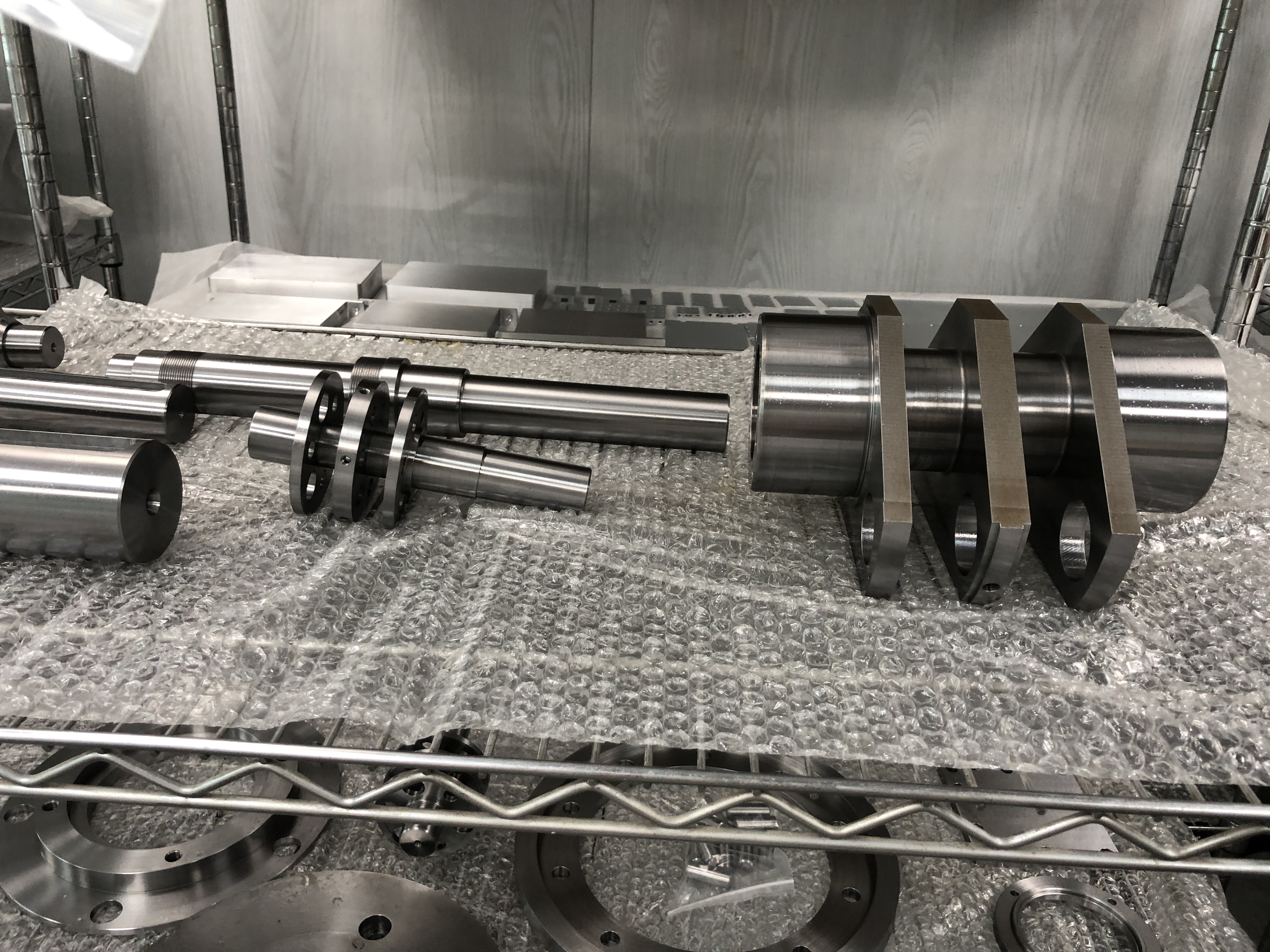What are carbon steels? (Common types and application areas)
Carbon steel is a common metal material that is widely used in various fields due to its good strength and durability. In this article, we’ll look at the common types of carbon steel and their applications.
Carbon steel with a carbon content of 0.0218% to 0.25% is low carbon steel, carbon steel with a carbon content of 0.6% to 2.11% is high carbon steel, and the steel in between is medium carbon steel. The difference in performance is also very big. Generally, it contains When the carbon content is below a certain level (about 1%), the strength of the material can be increased, but there is no limit to the carbon content. As long as the carbon content increases, the toughness decreases and the hardness increases.
Types and uses of carbon steel
1. Mild steel
Typical grades include Q195 and Q215: they have very low carbon content and low strength, but have good plasticity, toughness and welding properties. They are commonly used for workpieces with low strength requirements such as nails, iron wires, steel windows and various thin plates.
2. Medium carbon steel
The carbon content of medium carbon steel is between 0.3% and 0.6%. Typical grades include Q235A, Q255A, and Q275. It can be used to manufacture friction clutches, brake steel belts, etc., and is used for tie rods, small shafts, chains, bearings, gears, springs, etc. Component. Also used in construction steel bars, steel plates, and section steel.
3. High carbon steel
High carbon steel contains more than 0.6% carbon. Q235B and Q255B are used as welded structural parts with high quality requirements in construction projects, general rotating shafts, hooks, bicycle frames, etc. in machinery.
4.Alloy steel
Alloy steel is a steel type that adds other elements to carbon steel, such as chromium, molybdenum, nickel, etc., to improve its strength, corrosion resistance and wear resistance. It is widely used in high-end fields such as aviation, aerospace, and automobiles.



The process of CNC processing carbon steel:
1.CNC machining carbon steel parts involves using computer-controlled machines to remove material from a carbon steel workpiece to create the desired shape and size. Carbon steel is a popular material choice because of its strength, durability, and workability. Here are the general steps for CNC machining carbon steel parts:
2.Material selection: Select the appropriate grade of carbon steel based on the specific application and requirements of the part. Common grades include 1018, 1045 and 4140, each with different mechanical properties.
3.Machining operations: Run a CNC program to execute a planned tool path. The machine will automatically position and move the cutting tool according to programmed instructions to remove material from the workpiece. Typical machining operations for carbon steel parts may include milling, turning, drilling, threading and boring.
4.Quality Control: Monitor the machining process to ensure the dimensional accuracy, surface finish and overall quality of machined parts. Use precision measurement tools such as calipers, micrometers, and gauges to verify critical dimensions and tolerances.
Finishing operations: After machining, perform any necessary finishing operations to improve surface finish or add specific features, such as deburring, chamfering, or surface grinding.
5.Surface Treatment: Surface treatments or coatings are applied as needed to protect against corrosion, wear, or enhance aesthetics. Common surface treatments for carbon steel parts include electroplating, painting, black oxide coating and heat treatment.



